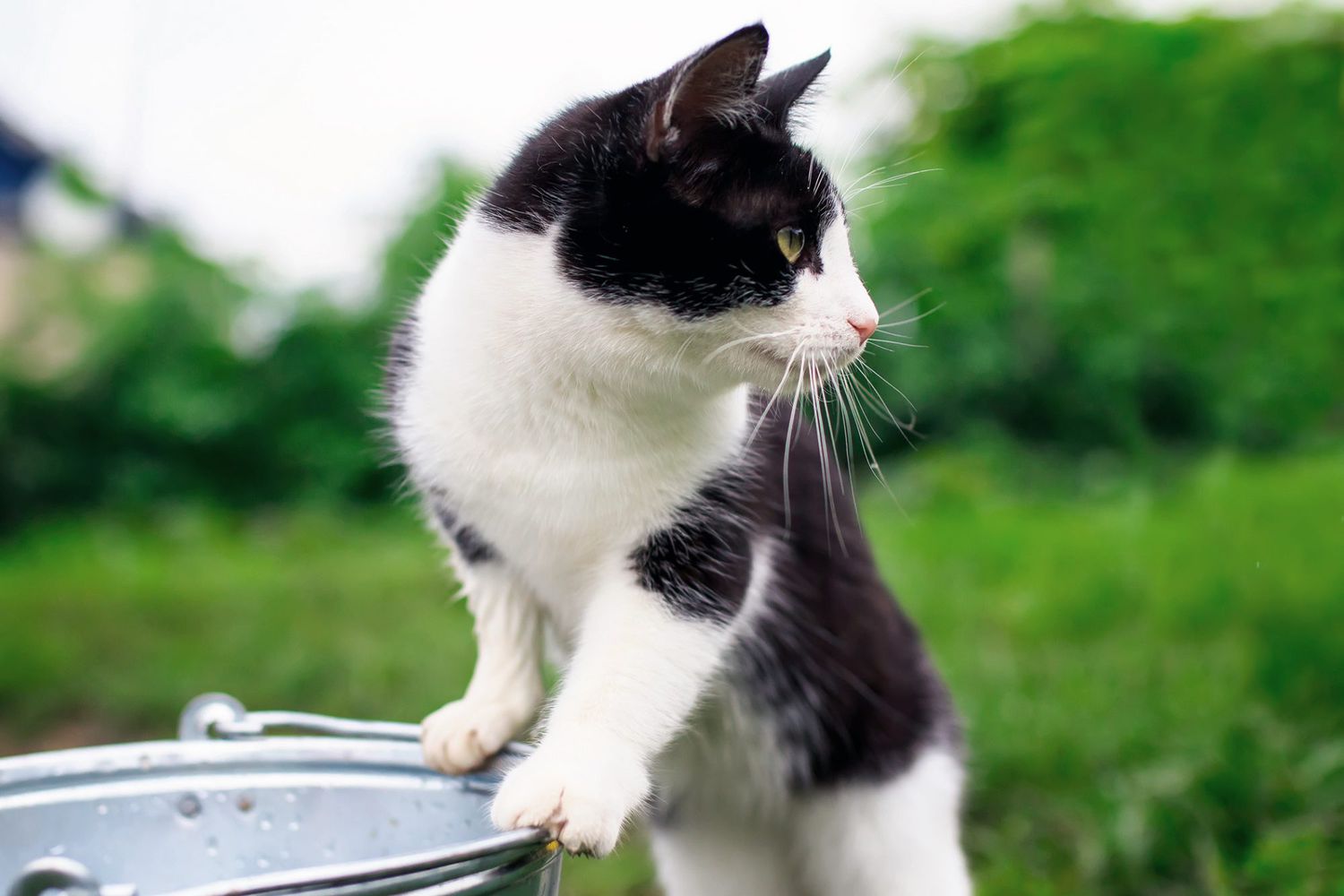The Cultural Significance of Cat Litter in Pet Ownership
The Cultural Significance of Cat Litter in Pet Ownership
Blog Article

Cat litter and litter boxes play an essential role in the lives of both cats and their owners. From the simple starts of sand and soil to the ingenious advancements of today, the world of cat litter has developed considerably. In this detailed guide, we explore every element of cat litter and litter boxes, exploring their history, types, advantages, challenges, and everything in between.
The history of cat litter dates back centuries, with ancient civilizations using sand, soil, and even ashes as primitive litter materials. However, it wasn't until the mid-20th century that modern cat litter as we know it emerged. In 1947, Edward Lowe introduced the world's first commercial cat litter made from absorbent clay, transforming the way cats relieved themselves inside your home. Considering that then, cat litter has actually undergone various changes, with the introduction of clumping litter, silica gel litter, biodegradable options, and more.
Today, cat owners are spoiled for option when it pertains to picking the ideal litter for their feline buddies. Conventional clay litter remains popular for its affordability and effectiveness in absorbing smells. Clumping litter, which forms strong clumps when wet, streamlines cleaning and maintenance. Silica gel litter, composed of extremely absorbent silica crystals, uses exceptional odor control and longevity. Eco-friendly alternatives, such as recycled paper, wood pellets, corn, and wheat, interest environmentally conscious consumers.
Each kind of cat litter provides distinct advantages. Clay litter masters its ability to absorb wetness and control smells, making it a reputable choice for lots of feline owners. Clumping litter simplifies day-to-day scooping and extends the time between complete litter modifications. Silica gel litter offers exceptional smell control and can last longer in between replacements. Naturally degradable litters use a sustainable alternative that minimizes ecological effect.
While cat litter enhances indoor feline health, it is not without its difficulties. Dust Litter Box Liners from clay litter can position breathing dangers for both cats and human beings, prompting the popularity of dust-free options. Some cats might develop litter box hostility due to problems with texture, scent, or tidiness, necessitating experimentation with various litters and box configurations. Multi-cat families may need strategic litter box positioning and frequent upkeep to prevent territorial disagreements and guarantee all cats have access to tidy facilities.
Choosing Pine Pellet Cat Litter the appropriate litter box is necessary for promoting positive litter box routines and general feline wellness. Factors to consider consist of size, availability, and design choices. Covered litter boxes offer personal privacy and help include smells, but some felines may find them restricting or intimidating. Open-top litter boxes use easy gain access to and visibility but might result in more litter scatter. Automatic self-cleaning litter boxes enhance maintenance but need regular monitoring and maintenance.
Proper litter box upkeep is crucial for guaranteeing a tidy and inviting environment for both cats and their owners. Daily scooping gets rid of waste quickly, cat litter box enclosure decreasing odor and dissuading litter box hostility. Regular litter replacement, normally every 1-2 weeks, prevents bacterial accumulation and keeps optimal absorbency. Comprehensive cleansing with moderate detergent and water, avoiding extreme chemicals that might discourage felines from using the box, must be carried out monthly.
Cat litter and litter boxes play a central role in cultivating a healthy and unified relationship between felines and their human buddies. With a diverse variety of litter alternatives and litter box designs readily available, feline owners have the flexibility to tailor their choices to match their cats' preferences and home requirements. By understanding the evolution, types, benefits, and difficulties of cat litter and litter boxes, family pet owners can supply their feline friends with a comfortable and hygienic indoor environment.